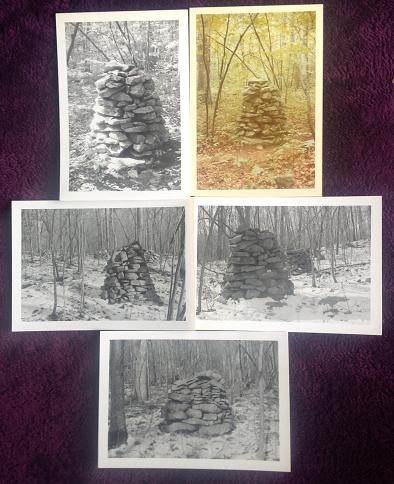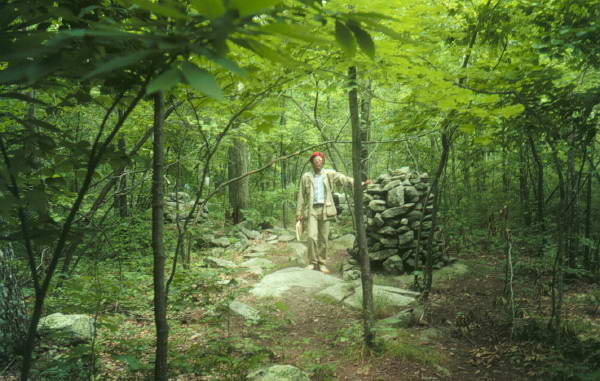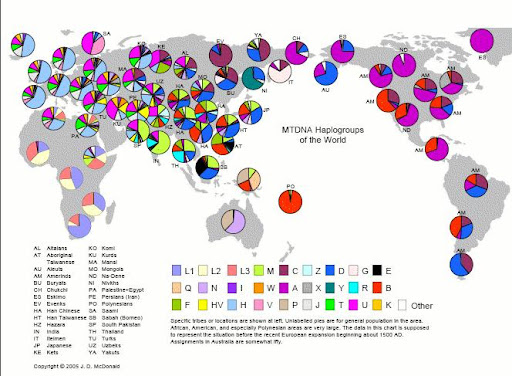Tiompan wrote:There is no shortage of Old World archaeologists and paleontologists who are in agreement with their New World colleagues about the problems with the site .
Field clearance cairns look smuch the same as marker or burial cairns , excavation helps .
There are always connections between megalith builders , but in the case between old and new worlds diffusion isn't one .
With the exception of some medecine wheel type sites , it would be good to see some examples of the supposed megalthic sites and their putative alignments .
Apart from money I can't understand why anyone would wanted to be associated with the Kreisberg book .
Although I am not, at present, allowed to reveal the location of the site, excavation at a typical conical cairn site in Connecticut revealed ceremonial grade artifacts buried beneath several of the cairns. And it was not a case of the artifacts being there prior to construction of the cairns. No burials were encountered, either. I can't publish that location in a public format, for what I hope are obvious reasons. Not sure it's been written up as yet, either.
I would also not be able to agree, at least where carefully constructed conical, or beehive shape cairns, are concerned, that they are not much different then field clearing cairns. The latter tend to be loosely tossed piles of rocks. This is what we determined at the lower cairn field at Parker Woodland, in Coventry, RI:
1. The cairns were constructed of split slabs of granite and squared-off granite blocks fitted in place, and not uncut cobbles as one might expect in field clearing.
2. The cairns often display a feather-laying technique of construction. That is, the split slabs have been tapered in thickness, with the thinnest section laid toward the center of the cairn.
3. More often then not, convex surfaces on individual slabs are face up. This, in conjunction with the slanting downward of the stones toward the center of the cairn, enables the structure to be tapered conically, as well as ensuring good drainage, thus preventing damage from frost heaving during the winter months.
4. While the average base diameter of the cairns is small, 4-5 feet, and the interior space limited, this space is filled with smaller fractured rock before the cairn is closed off at the top. Water reaching the center of the cairn will thus drain through fractured rock to the ground.
In the case of the lower field of conical cairns in Parker Woodland, and at other sites here in Rhode Island, such effort displayed seems unusual for typical field clearing. In the upper cairn field, consisting of much larger cairns known as platform cairns, they are blended into the existing topography and make use of existing erratics in a way that ensures they too are very unlikely to fall apart over time.
I will say, if I were a farmer, in the case of upland New England, a sheep farmer, I would not want the rocks tumbling back into the field over time. That said, there are plenty of sites where there does not seem to be any such concern, the rocks are simply tossed atop an ever growing loose pile. In the case of two of the largest platform cairns at the Parker Woodland site, trianguloid stones have been stood against the cairn, in one case pointing North, and in the other case pointing East.
If I can get photos up here showing those features, I will do so.
In any event, what limited archaeology that has been conducted at these sites, and I am thinking of the undisclosed eastern Ct. site, did reveal a likely native construct for that site.
In general, study of these sites, and the debate itself, is still in a fairly early stage. I have not made up my own mind, one way or the other, and would expect a mixed bag of results. Also, that many cairns are built, and built into the topography, and taking advantage of existing features like large erratics, in a way to help ensure they last through the seasons, that aim alone certainly would not eliminate farmers, who would also not want to have to keep picking up the same rocks season after season. But, nonetheless, there is a big difference in the care displayed in construction between these and the more common loose piles of tossed rocks usually associated with field clearing activity....
Speaking of the use of stone by Notheastern tribes in general, we know there is a Winter solstice alignment at the so-called Queen's Fort in Exeter, RI. Once thought to have been built by a Narragansett known as Stonewall John in the period of King Philip's War, the Narragansett themselves have oral traditions indicating an earlier construction and purpose. There is also an Archaic Era rockshelter in Ma., I'll get the site report and post it when I have the chance, which included a stone wall built at the entrance. The point being that American archaeologists have long assumed Northeastern natives did not build in stone. Not sure there was ever any real justification for that assumption.
Edit: OK, here is the report on the Flagg Swamp rock shelter, where Northeastern natives built a stone wall. In retrospect, seems silly to consider this a surprise, but whatever:
https://www.sec.state.ma.us/mhc/mhcarch ... REPORT.pdf
The taller conical cairn here is 5' tall. These cairns really cannot be said to be that much indistinguishable for stone piles usually interpreted as field clearing, IMHO:

- Parker 2.jpg (41.71 KiB) Viewed 6209 times
Here is a large platform cairn in Parker Woodland with a trianguloid stone propped against it:

- Coventry Platform Cairn.PNG (223.49 KiB) Viewed 6209 times
Again, may not be typical of field clearing. Retaining, or taller wall, is on the downslope of the cairn, to help prevent it falling apart through time...
Another view of the tallest conical cairn in a field of some 120+ cairns comprising the lower cairn field in Parker Woodland, Coventry, R.I.:

- Parker Woodland Cairn, Coventry, RI.jpg (50.71 KiB) Viewed 6207 times

